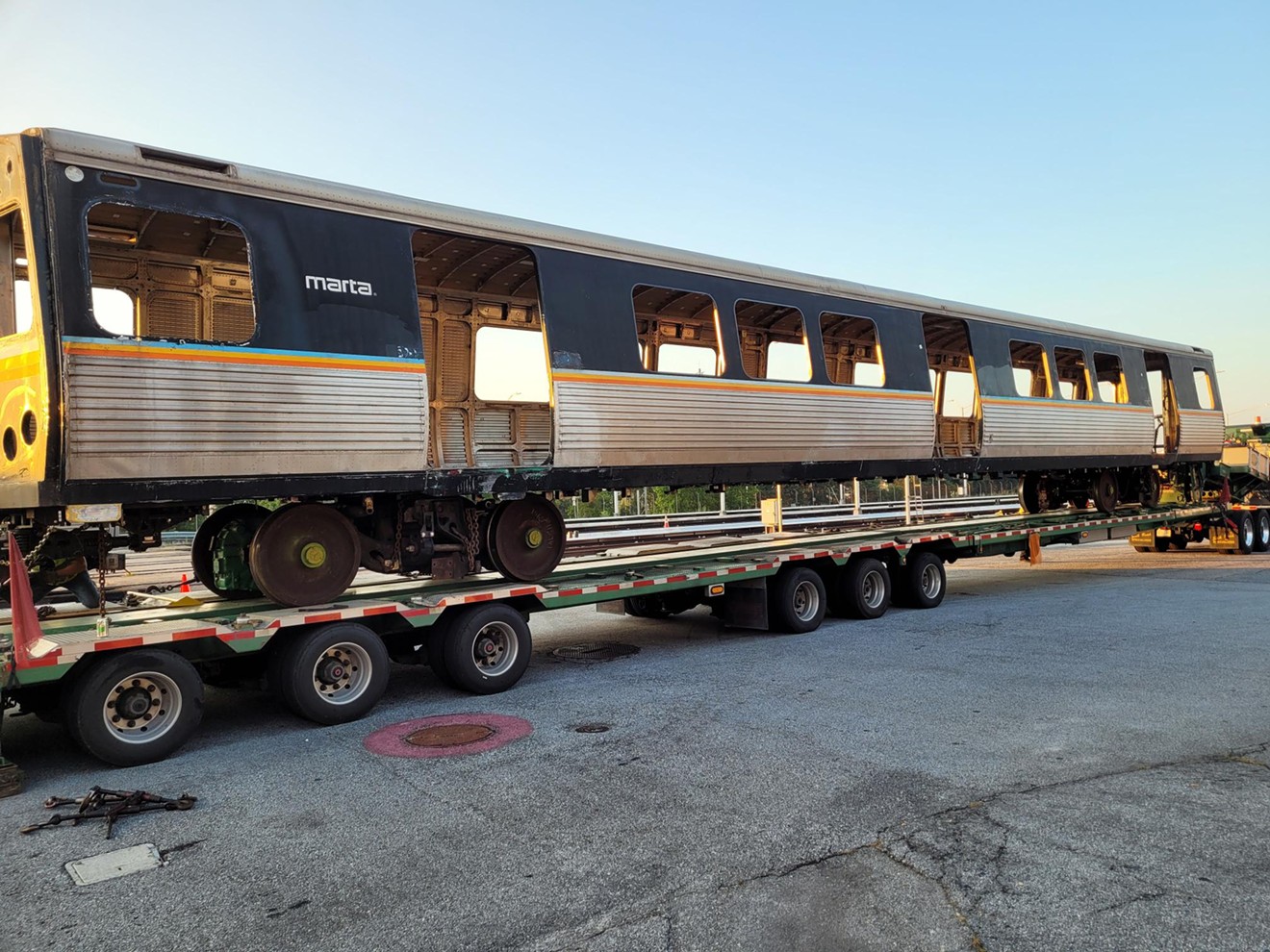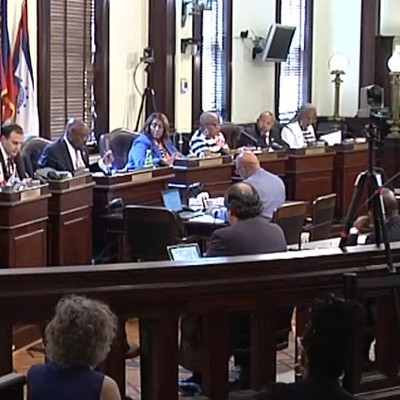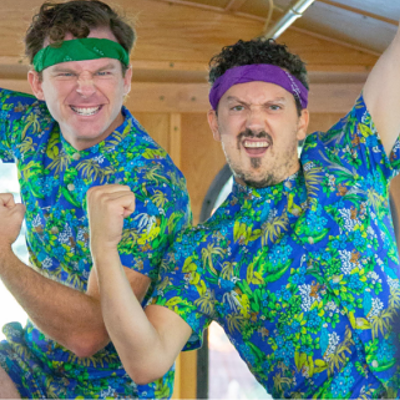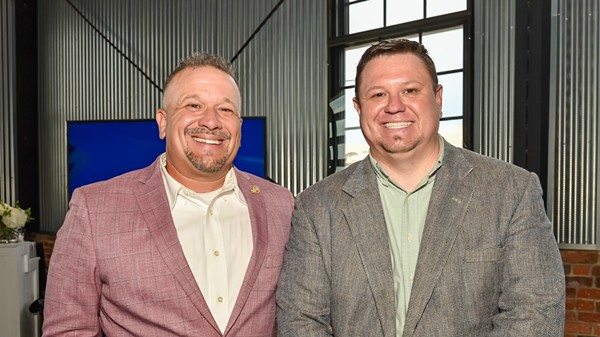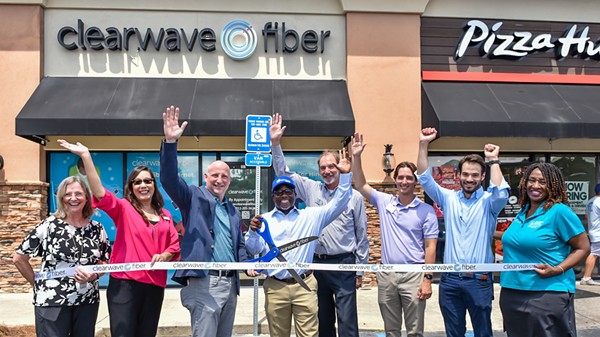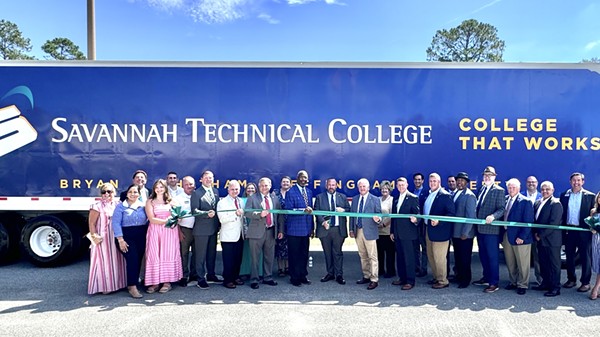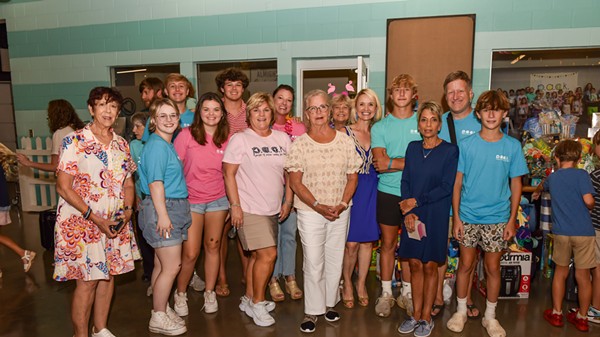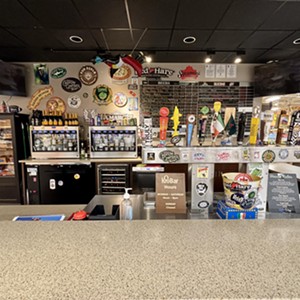In what might seem like an unusual alliance between MARTA (Metropolitan Atlanta Rapid Transit Authority) and the Georgia Department of Natural Resources (DNR), the transit agency is repurposing retired railcars into artificial reefs off the Georgia coast and the Atlantic Ocean. The endeavor marks what officials are calling a novel approach to sustainably disposing of old railcars while contributing to marine conservation.
Two retired railcars from MARTA's original fleet, stripped of hazardous materials and contaminants, have received the green light from the U.S. Coast Guard to be used as artificial reef material. The first railcar began its journey from MARTA's South Yard, en route to the East Coast Terminal in Savannah on Friday, Sept. 8, with a second railcar delivered on Tuesday, September 12.
Richard Thomas, MARTA's Director of Sustainability, expressed the agency's enthusiasm for the partnership, stating, "MARTA is partnering with DNR in the Reef Project, aiming for an affordable and environmentally responsible way to repurpose retired railcars. We aim to contribute more railcars in the future."
Once these railcars reach the coast, they will be transported by barge to Artificial Reef L, an established reef covering approximately two square miles. Located about 23 nautical miles east of Ossabaw Island, this reef lies at depths of 55 to 65 feet.
These repurposed railcars are expected to serve as essential marine habitats, attracting various sea creatures, including sport fish and endangered sea turtles. While the railcars themselves are artificial, the organisms colonizing them will be entirely natural and beneficial for the environment. Fish, sea turtles, corals, sponges, and other organisms are likely to inhabit the railcars almost immediately. Within a year, the habitats are expected to mature, drawing SCUBA divers and anglers.
These railcars join a list of previously deployed materials, including U.S. Army M-60 battle tanks, barges, tugboats, and even New York City subway cars. Artificial Reef L, where these railcars are destined, was established in 1976 as part of a network of 32 offshore reefs developed over six decades by the Coastal Resources Division, totaling an estimated 3 million square feet of reef as of 2022.
The DNR will extensively document the railcars' deployment using various media, including surface, underwater, and drone footage. Archival footage of previous deployments that have evolved into thriving reef habitats will also be made available by MARTA.
The collaboration between MARTA and the DNR Reef Project showcases what officials call an innovative approach to both managing retired urban transit assets and promoting environmental conservation. As these railcars find a new life beneath the waves, officials hope they exemplify to the public how unique partnerships can contribute to the protection of marine ecosystems, ultimately benefiting future generations.

